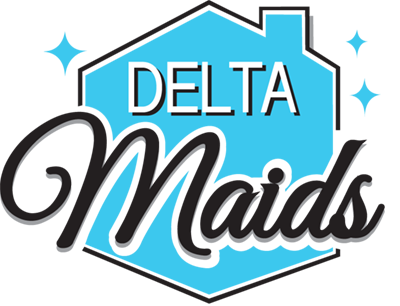apply
Thanks for a desire to become part of our team. Fill out the pre-application below and we will contact you shortly to schedule an interview.
Green or Natural Cleaners
One of the programs designed to help consumers looking for environmentally-friendly cleaning products is the U.S. Environmental Protection Agency’s (EPA) Safer Choice program, formerly known as the Design for the Environment (DfE) program. In an effort to create a label that was easier for consumers to recognize, the EPA spent more than a year collecting ideas and discussing new label options with stakeholders, such as product manufacturers and environmental and health advocates. The EPA then took these ideas to consumers and asked what worked best for them. The result is the new Safer Choice label, which you will be able to find on products in stores later this spring and summer.
Only the name has changed; the label still identifies products that contain chemical ingredients safer for people and the environment, that don’t sacrifice product quality or performance.
In addition to the Safer Choice label, there’s also a Safer Choice label for products that are fragrance free, and another for products designated for use in businesses, office buildings, sports venues and schools.
At NSF, we work with the EPA to review the chemical formulations of products seeking the Safer Choice label.
Other Cleaning Options
For many cleaning tasks around the home, you can use products that you might already have on hand:
- A vinegar and water solution can be used to clean and freshen many surfaces around the home, including walls and cupboards. It also works well to clean windows.
- Baking soda can be used not only to help adsorb odors around the house, but also to help clean areas such as bathtubs that you don’t want to scratch.
- Baking soda can also be used to adsorb odors around the home, including in refrigerators and closets.
- Lemon juice can be used to help dissolve soap scum and hard water deposits. When added to a vinegar/water cleaning mixture, it also helps neutralize the vinegar smell.
- Cornstarch (as well as baking soda) can be used to help deodorize rugs and carpets. Sprinkle about 1 cup per room, then vacuum after 30 minutes.
If you do find yourself needing to purchase store-bought cleaners, look for products that do not contain additives such as fragrances.
Keep in mind that surfaces where bacteria can grow need to be both cleaned and disinfected. For example, kitchen counters and sinks should be washed with a mild detergent mixed with hot water. After rinsing with clean water, these surfaces should be disinfected using a Safer Choice labeled disinfectant or a bleach solution of 5 tablespoons (1/3 cup) bleach per gallon of water or 4 teaspoons bleach per quart of water. Keep bleach solution on surface for one minute, and then rinse thoroughly and allow to air dry. For all countertop surfaces, be sure to use the manufacturer’s recommended cleaning and disinfecting agents and follow the directions for use on these products.
